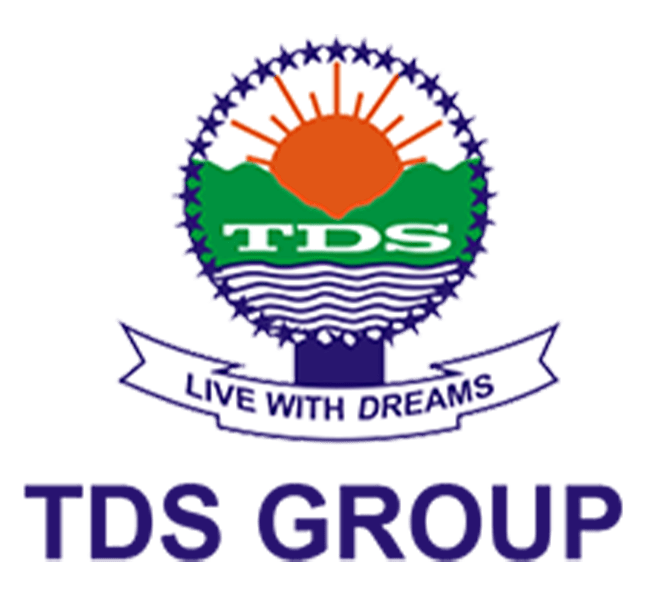Introduction
Welcome to TDS Group’s blog! Today’s post will explore the fascinating topic,” How to write an effective job description.” Whether you’re a hiring manager looking to attract top talent or a job seeker, mastering the art of crafting compelling job descriptions is crucial. Join us as we explore the key elements, best practices, and insider tips to help you create job descriptions that leave a lasting impression. So, without further difficulty, let’s dive into the world of effective job description writing with TDS Group!
What do you mean by an effective job description exactly?
An Effective Job Description is a clear and concise document outlining a specific job role’s responsibilities, requirements, and expectations. It provides accurate information about the position, including key tasks, qualifications, skills, and other relevant details, helping attract qualified candidates and aligning their understanding with the job requirements.
What is the need for an Effective Job Description?
Compelling job descriptions are needed to ensure clarity and alignment between the organization and candidates. They clearly understand job responsibilities, qualifications, and expectations, enabling accurate candidate assessment, selecting suitable candidates, reducing recruitment errors, supporting fair hiring practices, and establishing a foundation for successful employee onboarding and performance management.
Why is an Effective Job Description important?
Effective Job Descriptions are essential as they serve as a crucial communication tool between employers and candidates. They clarify job expectations, attract qualified candidates, aid in accurate candidate assessment, support fair hiring practices, establish performance standards, and contribute to successful employee onboarding and organizational alignment.
How to Write an effective Job Description
An effective job description is crucial for attracting talent to your organization. It provides potential candidates with an understanding of what the role entails, the skills required, and what they can expect if they’re successful. Here’s a step-by-step guide on how to write an adequate job description.
1. Job Title: Start with a clear and concise job title that accurately represents the role. Avoid using internal jargon and ensure that the title is commonly recognized in your industry to increase the likelihood of the post being found by potential candidates.
2. Summary of the Role: Please provide an overview of the role and its importance to your organization. Highlight the objectives of the role and the critical areas of responsibility. Keep it brief but engaging, outlining the job’s overall purpose and impact.
3. Duties and Responsibilities: Detail the specific tasks and duties the employee will perform regularly. Use bullet points for readability, and describe each responsibility clearly. Use action verbs such as “manage,” “develop,” “coordinate,” or “analyze” to convey what the role involves.
4. Qualifications and Skills: List the necessary qualifications, including education, certifications, and experience. Also, highlight the key skills required, like technical skills, soft skills, or language proficiency. Clearly distinguish between ‘essential’ and ‘desirable’ qualifications and skills.
5. Work Environment: Give potential candidates an idea of the working conditions, whether it’s an office-based role, involves remote working, or requires travel. You can also provide details about the team they will be working with.
6. Work Environment: Give potential candidates an idea of the working conditions, whether it’s an office-based role, involves remote working, or requires travel. You can also provide details about the team they will be working with.
7. Reporting Structure: Include details about who the position reports to and any supervisory responsibilities involved in the role. This will give the candidate an understanding of their place within the organization.
8. Equal Opportunity Statement: Include an equal opportunity statement to show your commitment to fair hiring practices. This can attract a diverse pool of candidates.
9. Call to Action: End with a call to action that encourages potential candidates to apply. Please provide information about the application process and any documents they must submit.
Key Traits to look for Effective Job Description
Here is a list of key traits to look for in an effective job description:
1. Clarity: The job description should use clear and concise language to convey the role’s responsibilities and expectations.
2. Accuracy: It should accurately depict the primary duties, tasks, and requirements of the job to ensure candidates have a clear understanding of what the position entails.
3. Alignment: The job description should align with the overall goals and objectives of the organization, reflecting how the role contributes to the broader mission.
4. Specificity: It should provide specific details about the key responsibilities, qualifications, and skills required, avoiding vague or generic statements.
5. Measurability: An effective job description includes measurable objectives or performance indicators to help evaluate the employee’s success in the role.
6. Inclusion: It should encompass all essential qualifications, such as education, experience, certifications, and specific technical or soft skills, to attract candidates who possess the necessary requirements.
7. Conciseness: While being detailed, the description should be concise and focused, providing the necessary information without overwhelming the reader.
8. Company culture and values: An effective job description should reflect the company’s culture and values, giving candidates insights into the organization’s work environment and expectations.
9. Realistic expectations: The job description should outline realistic expectations for the position, including workload, working hours, travel requirements, or any other relevant factors.
10. Legal compliance: It is important for the job description to adhere to legal requirements and non-discriminatory language to ensure fair hiring practices.
Conclusion
Crafting an adequate job description is paramount to attracting quality talent. These clear and concise descriptions align candidate expectations with job requirements and aid hiring and onboarding. Comprising a precise job title, role summary, duties, qualifications, work environment, reporting structure, compensation, and equal opportunity statement, they serve as communication tools between employers and candidates. Their effectiveness lies in their clarity, accuracy, alignment with the company’s goals, specificity, measurability, inclusiveness, brevity, reflection of company culture, realistic expectations, and legal compliance.






